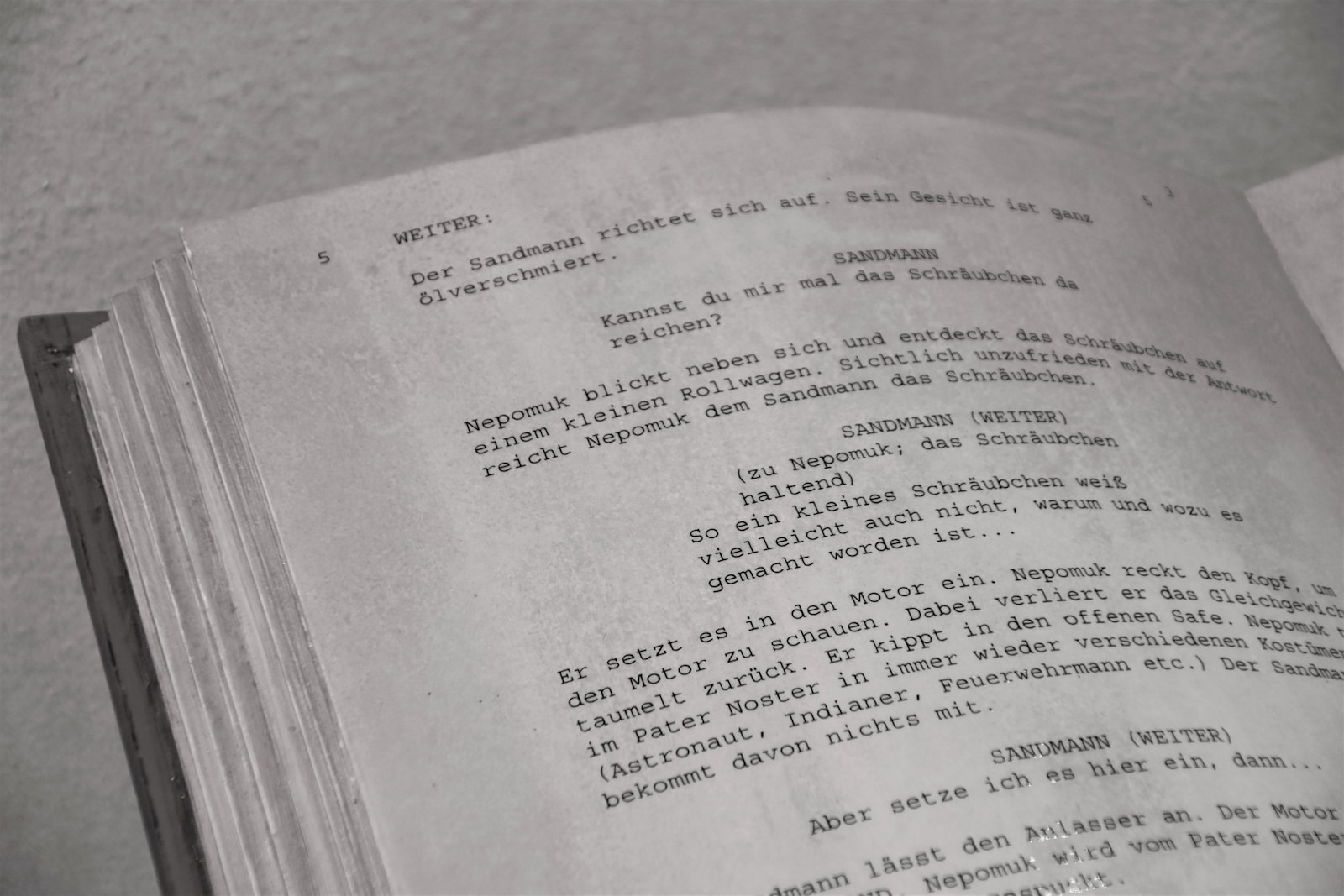
Lights, camera, action! The world of cinema has always been a dynamic realm, constantly reinventing itself to captivate audiences in new and exciting ways. As a dedicated movie enthusiast with four years of blogging under my belt, I’ve witnessed the fascinating evolution of screenplay structures that has taken us from the classic three-act format to the mind-bending complexities of nonlinear narratives. Buckle up, because we’re about to embark on a journey through time and scriptwriting innovations!
Act One: The Three-Act Tradition

Once upon a Hollywood time, screenplays adhered to a tried-and-true formula known as the three-act structure. This storytelling approach divided narratives into distinct segments: the setup, confrontation, and resolution. Think of it as a cinematic rollercoaster, complete with a steady climb, a thrilling drop, and a satisfying conclusion.
In classics like “Casablanca” or “Gone with the Wind,” this structure was the backbone that supported timeless tales. Characters were introduced, conflicts arose, and resolutions unfolded with a comforting predictability. Audiences knew what to expect, and writers had a reliable framework to build their stories upon.
Act Two: Enter the Anti-Heroes and Breaking Boundaries
As the winds of change swept through Hollywood, daring storytellers began to challenge the status quo. Enter the anti-hero, a character who defied conventional morality and brought shades of gray to our black-and-white screens. Films like “Taxi Driver” and “A Clockwork Orange” took the three-act structure and twisted it into something darker, more complex, and undeniably human.
This shift paved the way for groundbreaking narratives that transcended traditional storytelling boundaries. Directors like Quentin Tarantino and Christopher Nolan became maestros of nonlinear storytelling, weaving tales that unfolded like intricate puzzles rather than linear narratives.
Act Three: Nonlinear Narratives Take Center Stage
Fast forward to the present, and we find ourselves in an era where nonlinear narratives reign supreme. Filmmakers have embraced the freedom to play with time, space, and perspective, creating a cinematic landscape where the boundaries between past, present, and future blur.
One exemplary case is Christopher Nolan’s “Memento,” a mind-bending masterpiece that unfolds backward, forcing the audience to piece together the narrative puzzle alongside the protagonist. Nolan, known for his love affair with intricate timelines, continued to push the envelope with “Inception” and “Interstellar,” challenging viewers to engage with stories in new and intellectually stimulating ways.
Act Four: Anthology Films and Hyperlink Cinema

In the spirit of breaking away from linear constraints, the rise of anthology films and hyperlink cinema has brought a breath of fresh air to the industry. Anthology films like “Pulp Fiction” and “The Ballad of Buster Scruggs” present multiple, often interconnected, stories within a single film, offering a mosaic of perspectives that enrich the overall narrative.
Hyperlink cinema, as seen in films like “Babel” and “Amores Perros,” weaves together disparate storylines that converge in unexpected and often emotionally resonant ways. This nonlinear approach challenges viewers to connect the dots and find meaning in the intricate tapestry of characters and events.
The Present and Future: Dynamic Storytelling
As we stand at the crossroads of cinematic evolution, it’s clear that the screenplay structure is more dynamic and diverse than ever before. Filmmakers continue to experiment with narrative conventions, blending genres, timelines, and perspectives to craft stories that are as unpredictable as life itself.
Take, for instance, the recent hit “Tenet” by Christopher Nolan, a film that not only bends time but practically ties it in knots. The audience is plunged into a world where cause and effect are in constant flux, challenging them to engage on a level beyond the traditional linear narrative.
Conclusion: The End is Just the Beginning
In the grand tale of screenplay evolution, one thing is certain—the end is just the beginning. From the simplicity of three-act structures to the complexity of nonlinear narratives, the world of cinema continues to reinvent itself, offering audiences new ways to be entertained, challenged, and moved.
As we anticipate the next cinematic masterpiece, one can’t help but marvel at the storytellers who push the boundaries of creativity. The evolution of screenplay structure is a testament to the ever-changing nature of art and the boundless possibilities that lie ahead in the magical world of movies.
So, dear cinephiles, fasten your seatbelts, grab your popcorn, and get ready for the next act in the ongoing saga of storytelling innovation. After all, in the realm of cinema, the show must—and will—go on.


